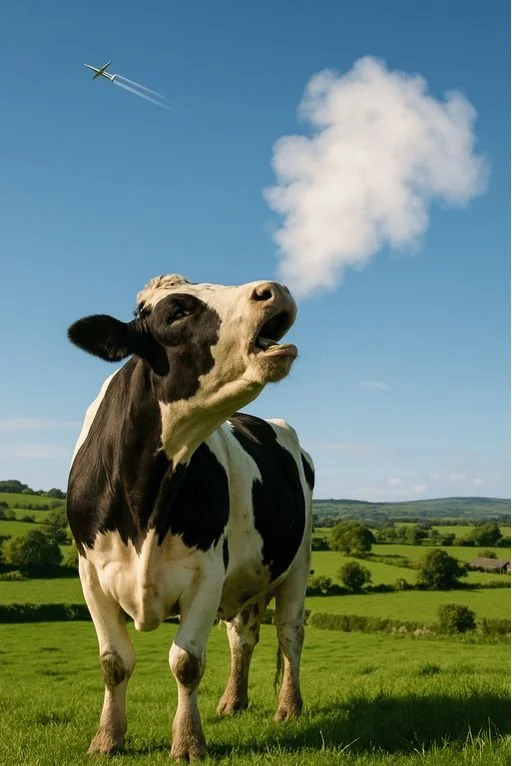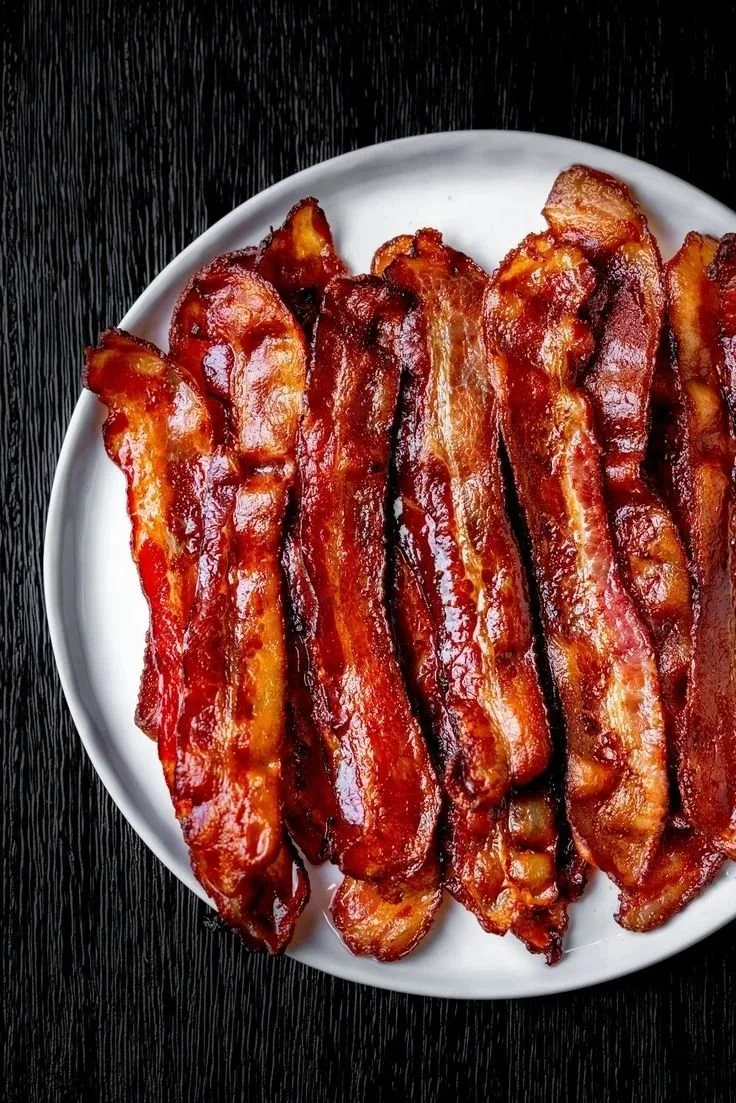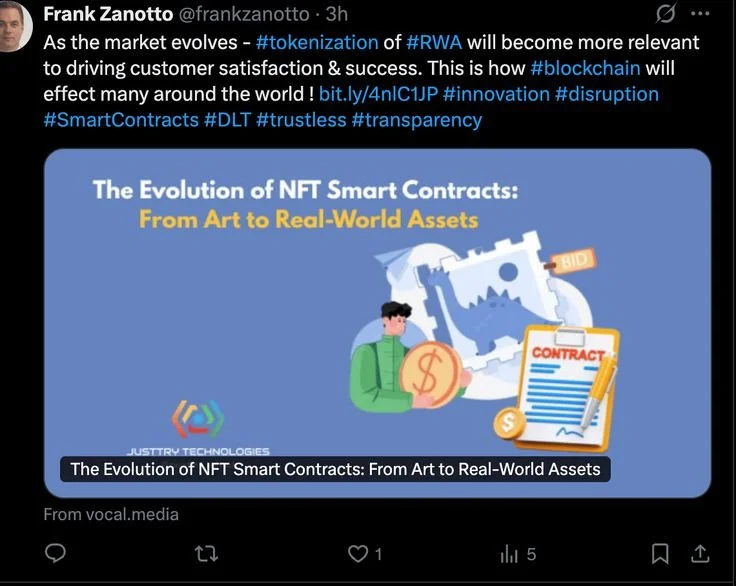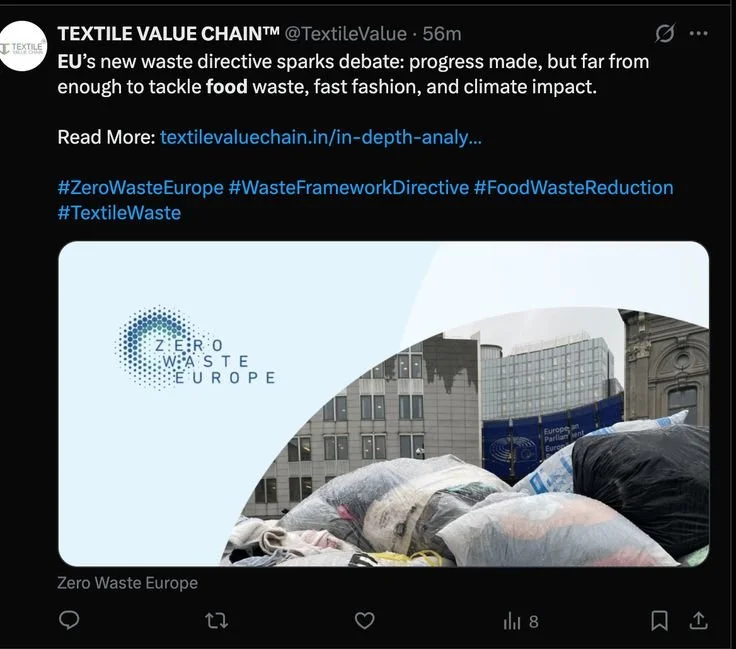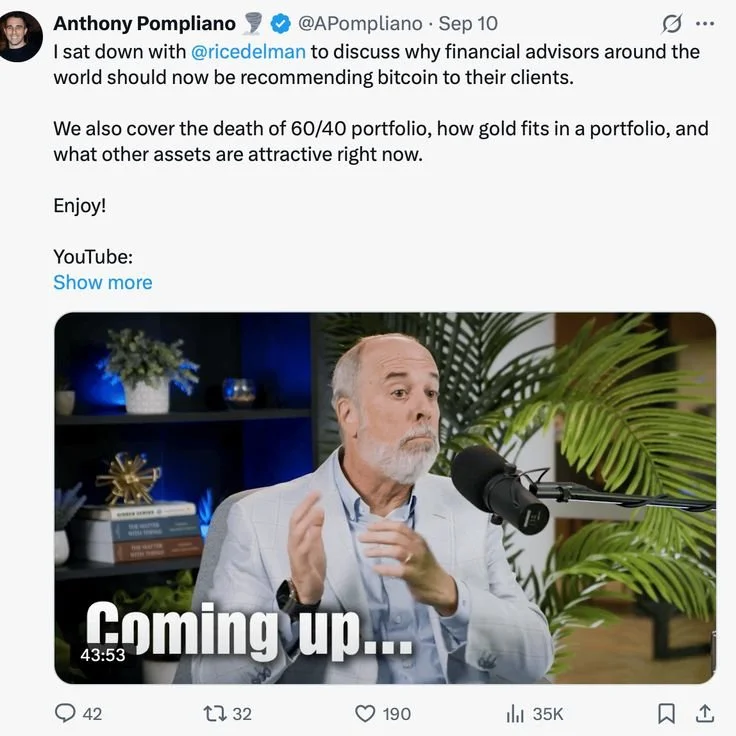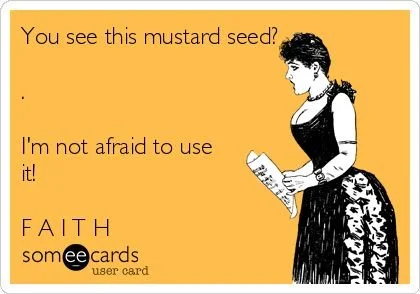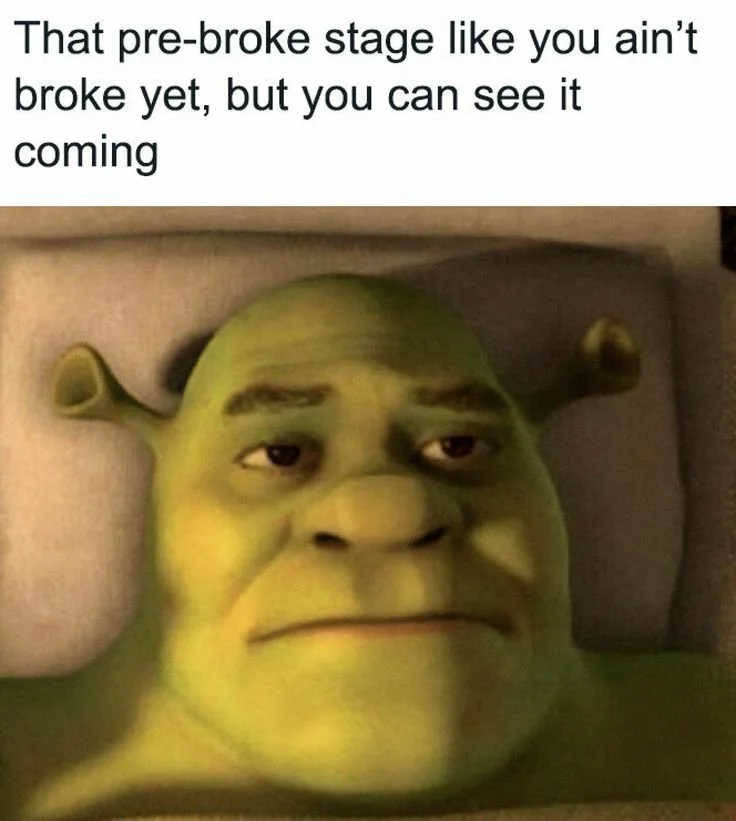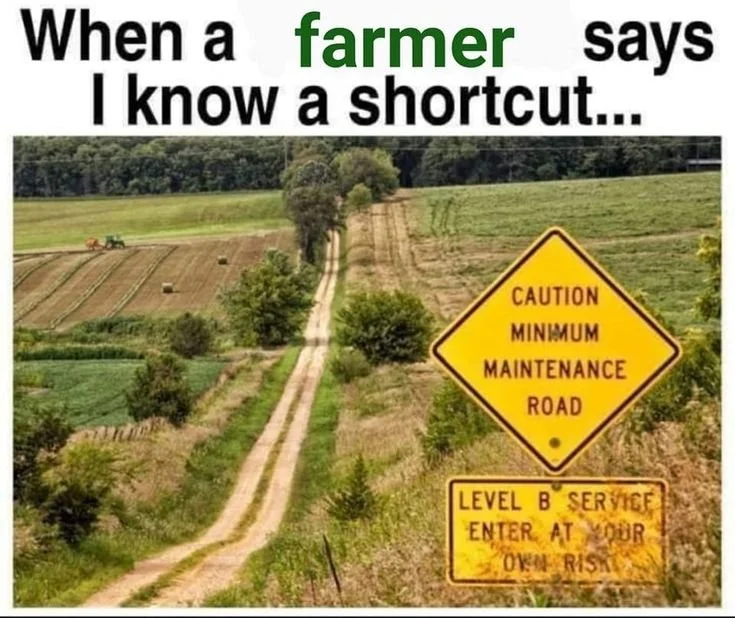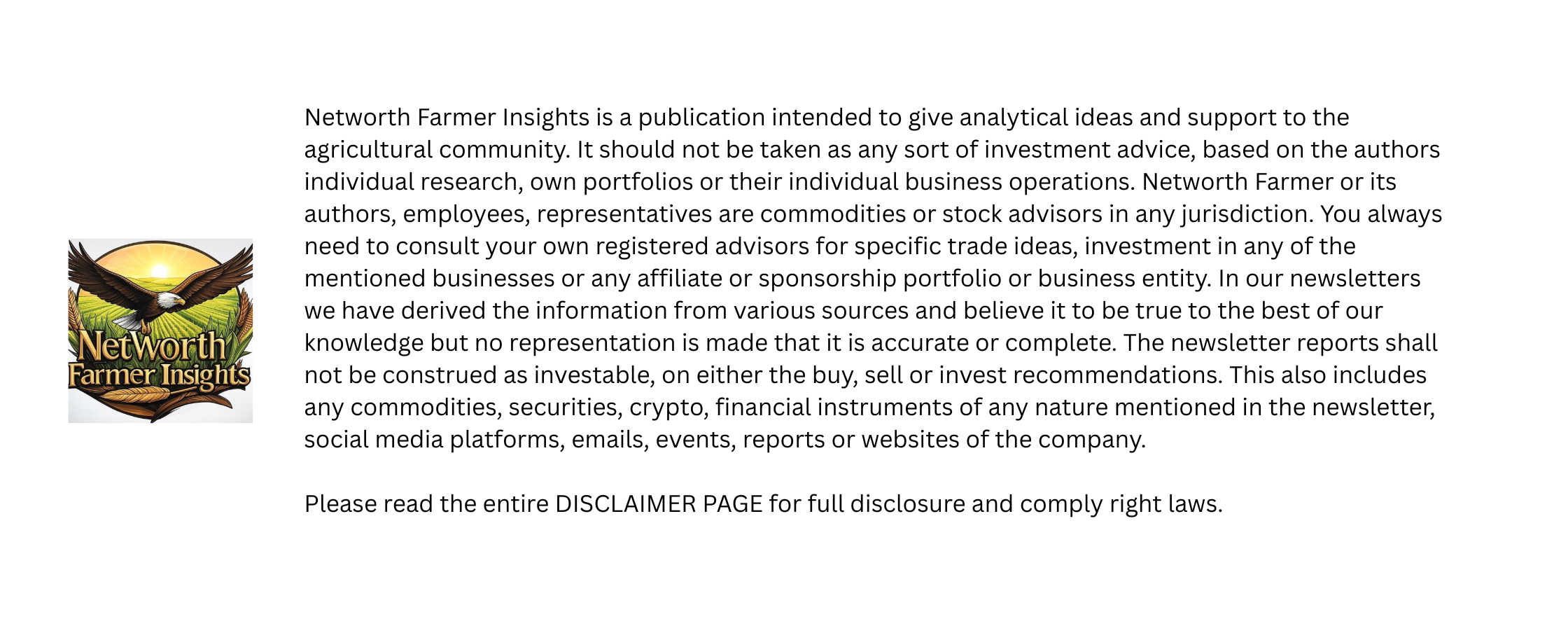The Mustard Seed
“Blessed are those who see beautiful things in humble places where other people see nothing.”
🚜 New in AgTech
My Cattle Herd Could Soon Fuel Your Next Flight
Let’s talk about cow burps—those pesky puffs of methane we’ve all grumbled about, and which climate scientists have eyed with mounting concern. Methane is no moo-t point: it’s around 80 times more potent than carbon dioxide over a 20-year span and agriculture is responsible for roughly a third of the global total, with our ruminants at the center of the storm. But what if each belch from my herd could do more than warm the planet? What if, instead, it could literally help power a Boeing 737? Enter Syzygy Plasmonics, a tech firm with Texas-sized ambition but global reach, who just might turn our barns into bio-refineries.
Syzygy's new demonstration plant—the world’s largest all-electric greenhouse gas e-Reforming™ unit—is rewriting the rules. Rather than letting methane escape or just burning off manure’s biogas, their system uses cow manure and captured CO₂, together with electricity, to whip up sustainable aviation fuel (SAF). Their modular “NovaSAF” reactors can sit right on the farm and need none of the complex gas-separation infrastructure that normally makes biogas-to-fuel a headache.
In Uruguay, one farm will soon turn manure from 14,000 cows into 400,000 gallons of ASTM-certified jet fuel annually. This process is expected to achieve at least an 80% reduction in carbon intensity compared to Jet-A fuel while maintaining price parity. Syzygy’s one-two punch—using both the methane and the often-wasted CO₂—means this process can be nearly carbon negative, according to their third-party lifecycle analysis. As a European farmer managing a sizable cattle operation, I’m seeing the first truly viable route to reduce my herd’s climate impact and generate a new revenue stream, all while greening global air travel.
EU agriculture is under increasing regulatory pressure to slash greenhouse gases as part of the bloc’s Green Deal. Methane reduction initiatives—easier diets, better breeding, even cow “burp” vaccines—are being piloted across the continent. Vaccines that target the methane-producing microbes in a cow’s rumen are already showing real promise: prototypes can cut burped methane by 13% per animal without any health cost, acting as a “holy grail” for livestock emission reduction. If we eliminate methane quickly, we get a rapid cooling advantage because it has an atmospheric life of little over ten years. Because of this, more than 150 nations have joined the Global Methane Pledge (the EU was an early signer, of course), and new techniques that turn methane into usable fuel are important, particularly in this area where politicians encourage circular solutions.
Imagine having our manure processed on-site, cutting expensive compliance costs, and gaining a new cash crop: aviation fuel, ready for a decarbonizing airline industry. With innovations like Syzygy’s tech, methane isn’t the inevitable curse of the cow barn anymore—it’s our ticket (or should I say, boarding pass) to a future in which European farming is both profitable and planet-friendly. Here’s my challenge: as a continental cattleman, I’m eager to join this fast-moving herd. Let’s band together—farmer groups, tech startups, policymakers. Ask your co-op about methane-to-fuel partnerships. Talk to your local authorities about SAF pilots. And keep an eye out for those cow-burp vaccine trials coming soon to a pasture near you.
-
You have an 11-minute hourglass and a 7-minute hourglass. You need to measure exactly 15 minutes. How do you do it?
Why the Future of Savory Breakfast Might Grow in the Dark
I’ll admit it, I have to confess: I’ve never really been able to go all in on a plant-based lifestyle. I’ve given it a shot. For the planet and my health, I've munched my way through so many burgers, sausages, and strips that claimed to be the best. The flavour is usually pretty spot on, and at times, it’s quite clever. So, what about the texture? It always lets them down. Isn't that satisfying, fatty chew of a perfect strip of bacon just the best? It's still the ultimate goal, the peak that hasn't been reached in the world of meat alternatives. Many products really come across as what they are: overly processed mixtures, shaped into form.
The Texture Trap
The biggest hurdle in the plant-based scene isn’t about mimicking taste; it’s all about recreating the structure. Animal muscle is like a complex, fibrous framework made up of protein. Getting that detailed texture from pea or soy protein isolate is quite the challenge in food engineering, and it usually leads to a product that feels, you know, pretty engineered. We've been on a journey to discover a base ingredient that grows naturally with the perfect structure, steering clear of anything mushy.
Scaffold for Natural Meat
I present to you mycelium. You might recognise it as the mushroom's root system if you've been keeping up with the sustainable materials field. However, it's a whole different story for the food industry: the natural texturing machine. Forming intricate networks is inherent to mycelium and does not require engineering. It expands by entwining itself into a complex web of microscopic fibres. Mats like this don't exist as pastes, but as biomass with an inherent chewing action that is reminiscent of meat—the ideal scaffolding to imitate the rip and pull of real muscle.
Bacon Grown Vertically
How therefore can one go about farming it? European AgTech will value the procedure. This isn't some futuristic kind of lab-grown meat; it's fermented using modern techniques, the same way beer and tempeh are made. Upcoming brewers include companies such as MyForest Foods and Meat The Mushroom. Large, vertical fermentation tanks are used to cultivate mycelium, which is then fed oats and nutrients. It does not take years, but days, to transform into pure biomass. Besides being very land-light, it is efficient and expandable. What you see is actually a dark, vertical food farm, not a field of soy.
Photo by James Trenda on Unsplash
A Victory for Clean Labels
Things like texture aren't even close to the extent of the benefits. With no cholesterol and a natural abundance of protein and fibre, mycelium is a nutritional powerhouse. Minimal processing is necessary to transform the foundation material into food because it is so complete. Mycelium, natural flavours, and maybe some beetroot juice for colour make up the uncluttered label. Avoid using a laundry list of stabilisers and binders that no one can pronounce. Before everything else, it's a whole-food component and a nutritional powerhouse. Minimal processing is necessary to transform the foundation material into food because it is so complete. Mycelium, natural flavours, and maybe some beetroot juice for colour make up the uncluttered label. Avoid using a laundry list of stabilisers and binders that no one can pronounce. Before everything else, it's a whole-food component and a second meat substitute.
The Test of Sizzle
The true challenge, though, is whether it passes the Sunday breakfast test. The reviews from those who have used MyBacon are good. They claim it sizzles in the pan, gets crispy around the edges, and has that unmistakable umami flavour with a delicious, smoky chew. It's made for the flexitarian, someone who likes meat but is trying to consume less of it. It's not a compromise; it's a choice.
A New Hot Source of Income
This is a huge chance for the European agri-food business. This isn't just another vegan product for a small group of people. It is a novel type of whole-cut, fermented protein that could open up huge markets for consumers. It makes money from waste streams and fits in perfectly with the EU's Farm to Fork plan. Farmers could be the ones who provide the raw materials for the next big protein revolution.
I might never fully stop eating meat. But for the first time, a future where my delicious breakfast is both rich and eco-friendly doesn't seem like a trade-off. It seems to be growing nicely in the dark.
📢 Tweet of The Week
🌍 Fields & Frontiers
Clucking Up Profits: Ever heard the saying, “Don’t put all your eggs in one basket”? Well, Brazilian billionaire Marcos Molina tried putting his bets on chickens after making a fortune in beef. And after years of struggle, he’s finally cracked it. By cutting the fat, streamlining his factories, and focusing on what sells, Molina turned BRF SA from a money-loser into a rising star in poultry. The result? Profits are back, investors are smiling, and his fortune has more than doubled in just a year. Want to see how one farmer-turned-mogul pulled off this big comeback? Catch the full story at Bloomberg.
Emirates Employee's 20-Year Gift Sparks Debate: After spending twenty years with Emirates, one airline employee got a pretty amazing reward that's catching everyone's attention—a luxury Omega watch. What began as a nice moment soon turned into a huge uproar online. A video showing the employee's heartfelt reaction, grinning as he unwraps the luxury watch, went viral. A lot of people praised the airline for recognising loyalty in such a heartfelt manner. But not everyone was on board. Some folks think that after 20 years of service, getting “just” a watch, even if it’s a fancy one, doesn’t quite cut it. People started chatting about “Should’ve been a gold Rolex” on forums and social media, transforming what seemed like a simple gesture into a lively discussion about corporate recognition, brand prestige, and how much employees are valued. So, what's the real deal with the story? What's the real value of the watch? Does Emirates usually commit to long-term service, or is this just a sneak peek into something larger? It’s not that simple, as Economic Times reveals.
How Modern Farming Stole Our Food’s Goodness: Europe and the rest of the globe have been enjoying larger, more colourful, and longer-lasting fruits and vegetables for decades, but at what cost? "Industry Scandal: The Loss Of Nutrients" exposes the covert problem underlying industrial farming's pursuit of ideal product and hybridised crops. Many fruits and vegetables have lost essential vitamins and minerals over the past 60 years; on average, they have nearly half the iron and 27% less vitamin C than they did in the 1960s. This enlightening documentary transports viewers from France's revered agricultural archives to state-of-the-art Israeli laboratories that created the "Eternal Tomato"—a fruit that can survive for weeks at a time, but at the expense of flavour and nutrients. The movie reveals how a small number of multinational firms control the world's seed supply, outsourcing work to low-wage countries like India, where wage breaches and child labour are still common. The video urges Europeans to reconsider the true cost of their food and support efforts to recover traditional, nutrient-rich produce as the industrial seed market becomes as precious as gold. It also highlights the urgent loss of biodiversity and nutritional content.
For a profound exploration of what we eat and what we might be losing, watch the entire documentary.
Sligo Sensation: In today's market, the asking price of an acre of land in a unique farm opportunity in County Sligo is a mouth-watering €24,600. Located in the foothills of Knocknarea and only three kilometres from Sligo town, this picturesque fifty-acre residential jewel is ideal for ambitious farmers looking for prime grassland and first-rate cattle housing. This sale surprises even the most seasoned market watchers, given the skyrocketing land costs driven by demand and restricted availability. Rarely do farms of this calibre become available, and the asking price reflects the skyrocketing value placed on high-quality agricultural assets. Wondering how this might change the face of farming in the area? Read more on the story from Irish farmers journal.
The BRICS Reshuffle the Deck: The expanded BRICS bloc is no longer a mere economic talking shop but a formidable geopolitical and economic counterweight to the G7. With the recent addition of Iran, the UAE, Egypt, and Ethiopia, the group now represents a significantly larger share of global GDP and population, challenging Western-dominated financial institutions. This expansion amplifies its ambition to de-dollarize global trade and create alternative systems for development lending and political cooperation. However, the alliance is a complex mix of democracies and autocracies with often conflicting interests, making unified action its greatest challenge. To understand the profound implications of this reshaped world order and the internal tensions that could define its success, visit the full analysis on Bloomberg.
From Posts to Pixels; The Future of Ranching: Ranchers in the US might soon be waving goodbye to those expensive and time-consuming fence repairs, all thanks to virtual fencing (VF) technology, which is now getting a boost from new USDA funding programs. With smart collars, VF sets up invisible boundaries that use warning sounds and gentle zaps, helping livestock learn to stay within those virtual fence lines pretty quickly. Not only does the tech save on labour, but it also brings a lot of flexibility. Ranchers can easily shift pastures using an app, direct cows to the milking barns, or move herds to safety when floods or fires hit. Every collar keeps tabs on the animal's health and whereabouts, providing farmers with real-time insights. However, there are still some hurdles to overcome, like costs, subscription fees, and battery life. Hey there! So, the USDA’s Natural Resources Conservation Service is now providing some financial help for those looking to adopt VF. If you're a producer, it’s a great idea to check it out and apply through your local service office. You can find all the details you need on the USDA website.
💡 A Thought For Friday
Seeds of Change
Let me tell you something basic but important: major changes don't usually start with big steps. It begins with little, consistent steps, which I like to term "micro-commitments." When we think about the problems in farming, such climate change, market volatility, or using new technology, it can seem like too much. But when you break it down into one small, manageable task, the weight disappears.
I've seen farmers and leaders in the agriculture business freeze up because they couldn't decide what to do, waiting for the "perfect plan" or "the right time." The truth is that there is no perfect timing; there is only the next correct step. That's when rituals come in.
Photo by Julian Gentile on Unsplash
Daily tasks like checking soil data with your morning coffee, keeping a digital track of crop health, or just strolling the field with purpose become anchors. They turn fear into action and action into momentum.
Studies show that micro-commitments can help people stop putting things off and stop being afraid. Movement is what promotes confidence, and even the tiniest action can cause movement. Keep in mind that doubt and hesitation are your biggest adversaries; they use up your energy much more than failure ever will.
So, if using AI, keeping track of data, or doing things in a way that is good for the environment seem too overwhelming, think about what one simple thing you can do today. It may be signing up for that app for managing farms. It could be taking 15 minutes to do research. You might consider asking your cooperative about ways to obtain funding.
Small, regular actions are like planting a seed that will grow into strength, creativity, and a bright future. Don't wait for the mountain to move; start climbing it. One step ahead, then another. That's how things change. And I guarantee you, child of the soil, the harvest will come
-
Flip both the 11-minute and the 7-minute hourglasses over to start them both. When the 7-minute hourglass runs out, flip it over immediately to restart it. When the 11-minute hourglass runs out, flip the 7-minute hourglass over again, even though it is only partly finished. When the 7-minute hourglass runs out, exactly 15 minutes have passed.

